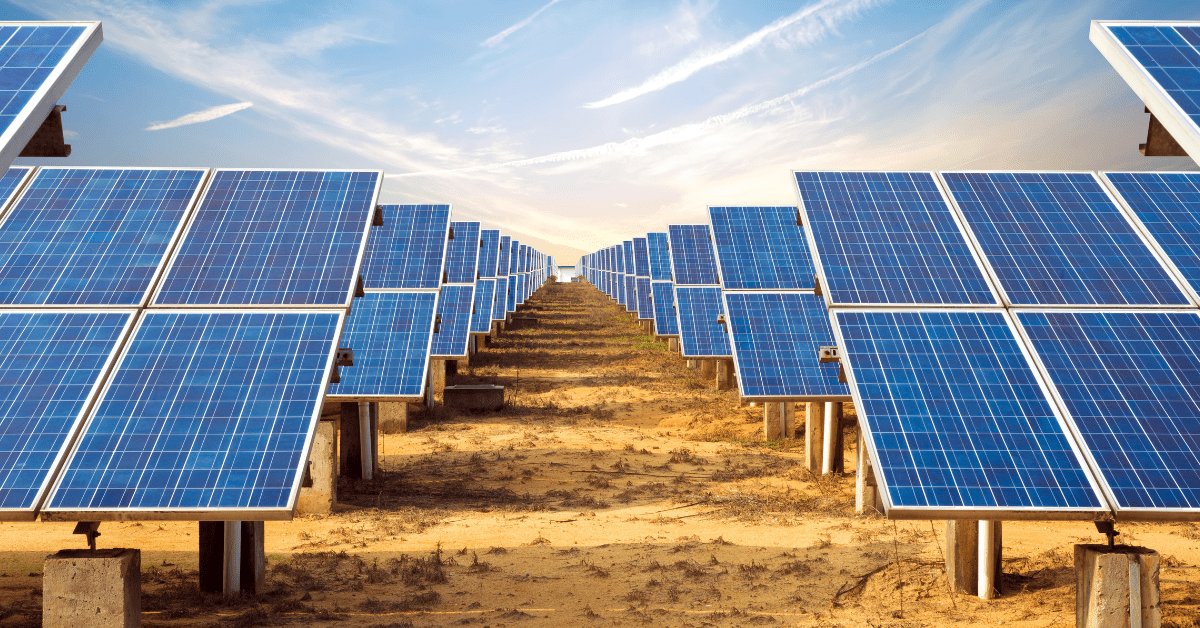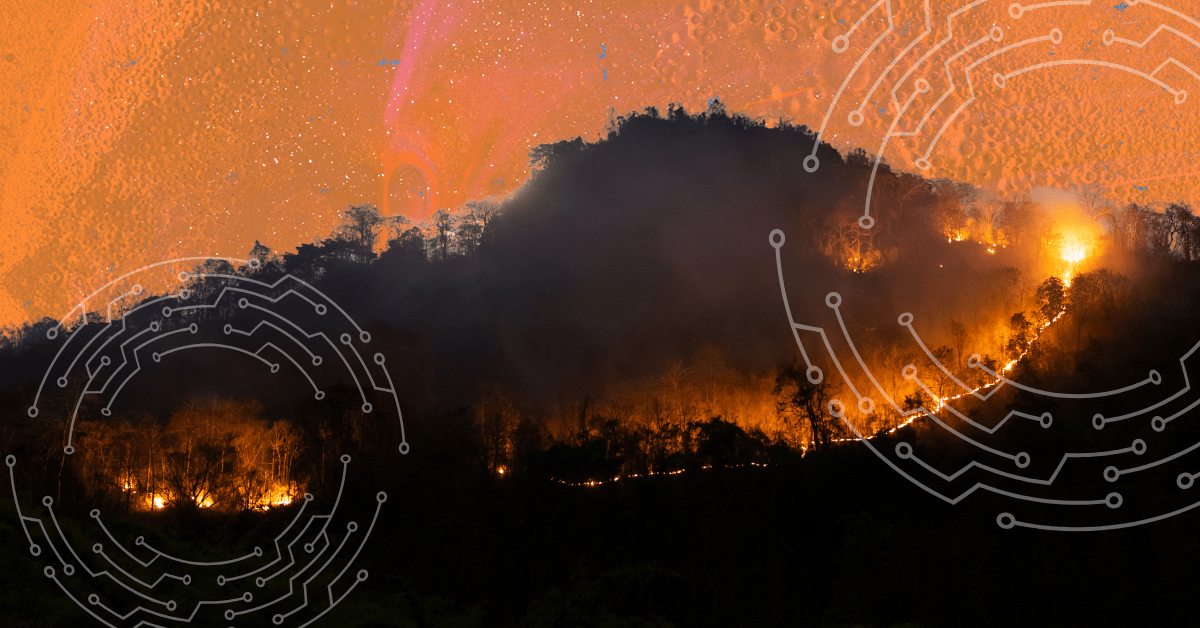By many counts, the ski industry is booming.

In Wyoming, Alterra’s Jackson Hole has sold out of day passes. Colorado’s Vail Resorts limited ticket sales to help with overcrowding. In two decades, China’s ski industry has swelled from 100 resorts to 800+.
But as the climate changes and energy prices rise, the business of snowy mountains is increasingly becoming an uphill battle, per Bloomberg.
The challenges ahead
For one, global snow coverage is forecast to drop 8% for every degree the world’s temperature rises.
By the 2080s, nearly half of the Winter Olympic Games host regions may not have reliable snowfall. By then, some French ski regions may not have enough snow to function.
Technological innovations have helped reduce the water and electricity needed to make artificial snow — used by 95% of ski resorts globally — though surging energy costs and warmer temps have canceled out some of the benefits.
Some resorts are diversifying. In France, where resorts spend $42m-$69m on snowmaking annually, Compagnie des Alpes has expanded to amusement parks and gear shops. Chamonix, which hosted the first Winter Olympics, sees 40% of its lift revenues in the offseason, according to Bloomberg.
For larger, profitable resorts…
… especially those at higher altitudes, it’s easier to weather environmental changes. One tactic has been building up a geographically diverse portfolio of resorts and selling seasonal multi-access passes.
- In 2008, Vail debuted the Epic Pass. Last year, it sold 2.1m passes and posted $347.9m in net income.
Another tactic, for larger resorts, has been raising walk-up prices — at ~6x the rate of inflation since 2012.
Environment









